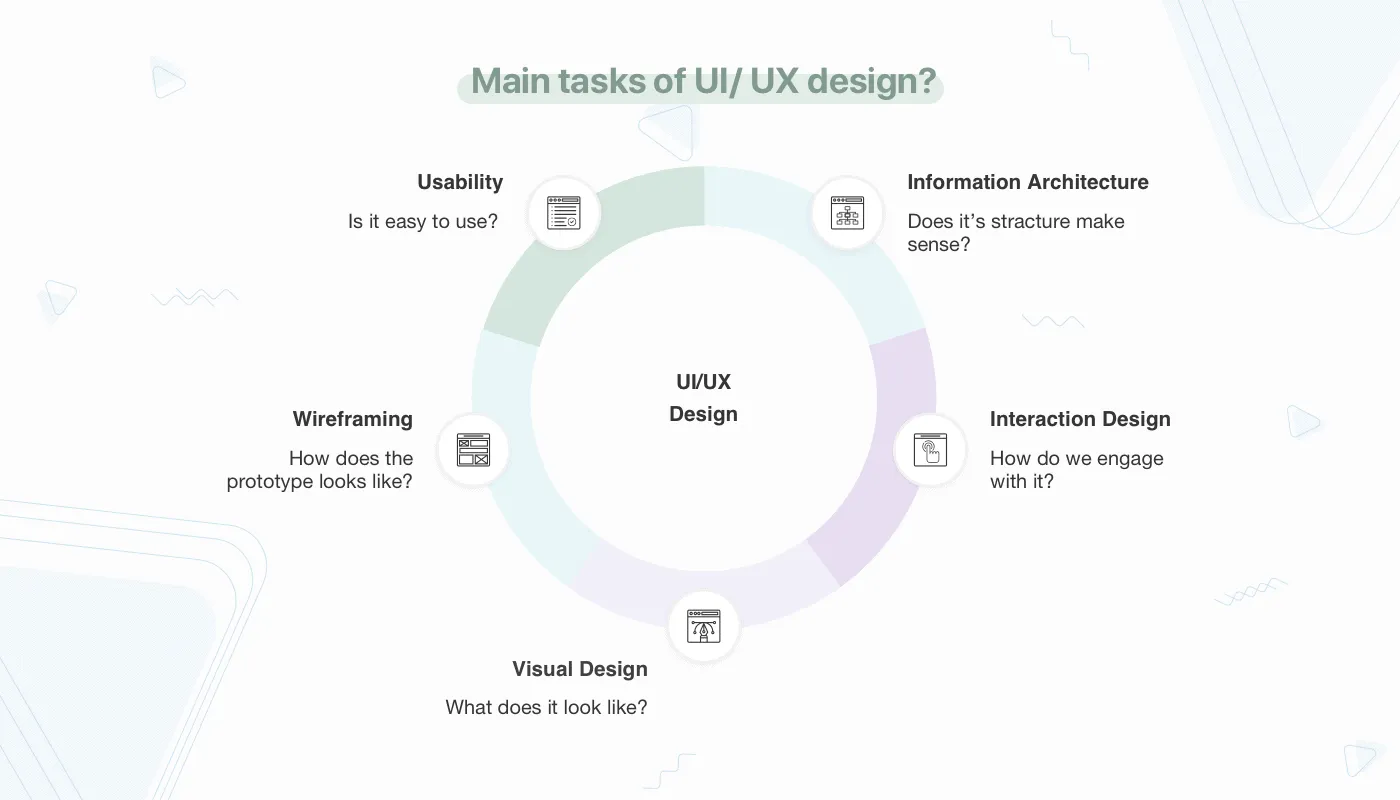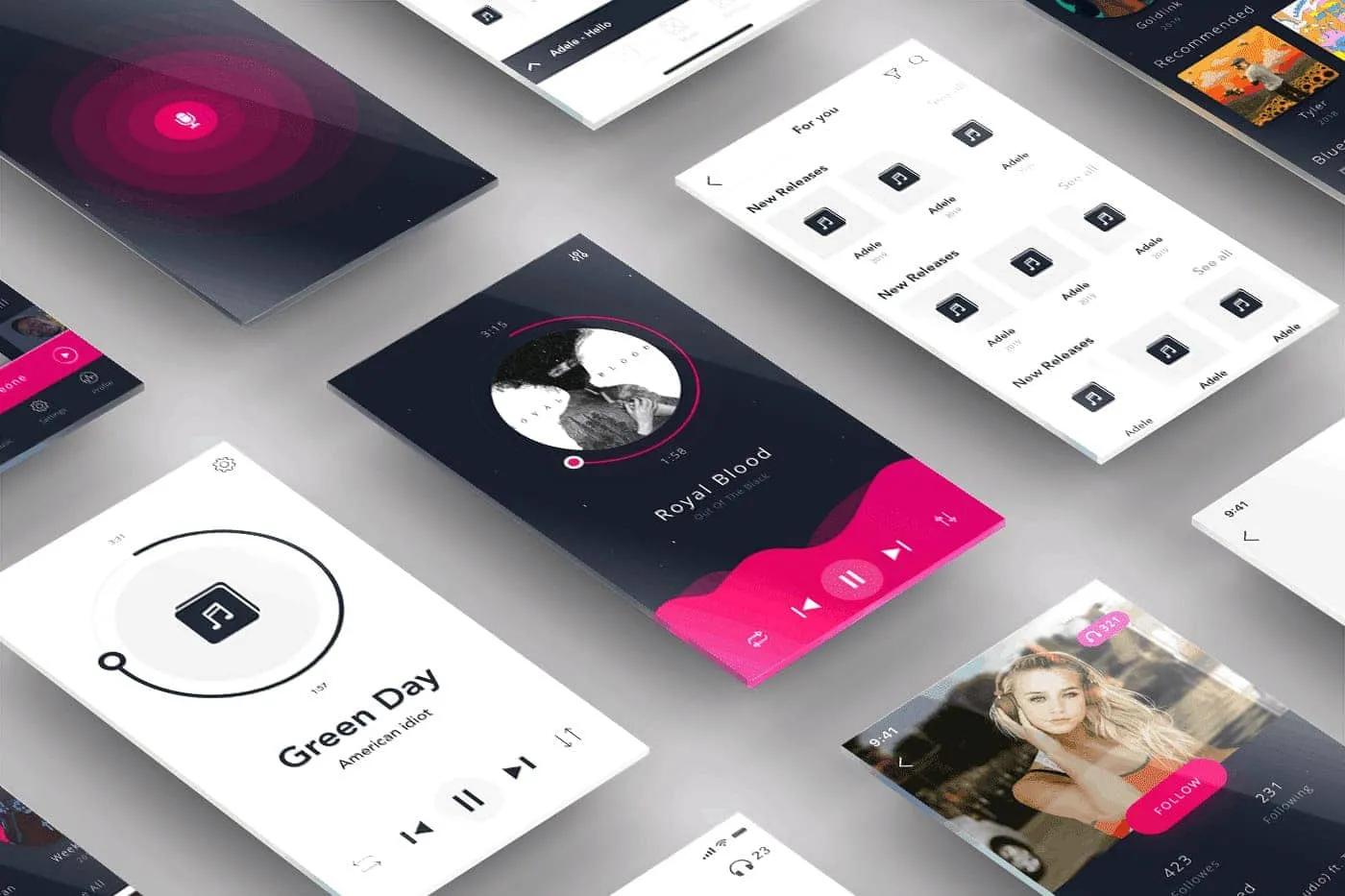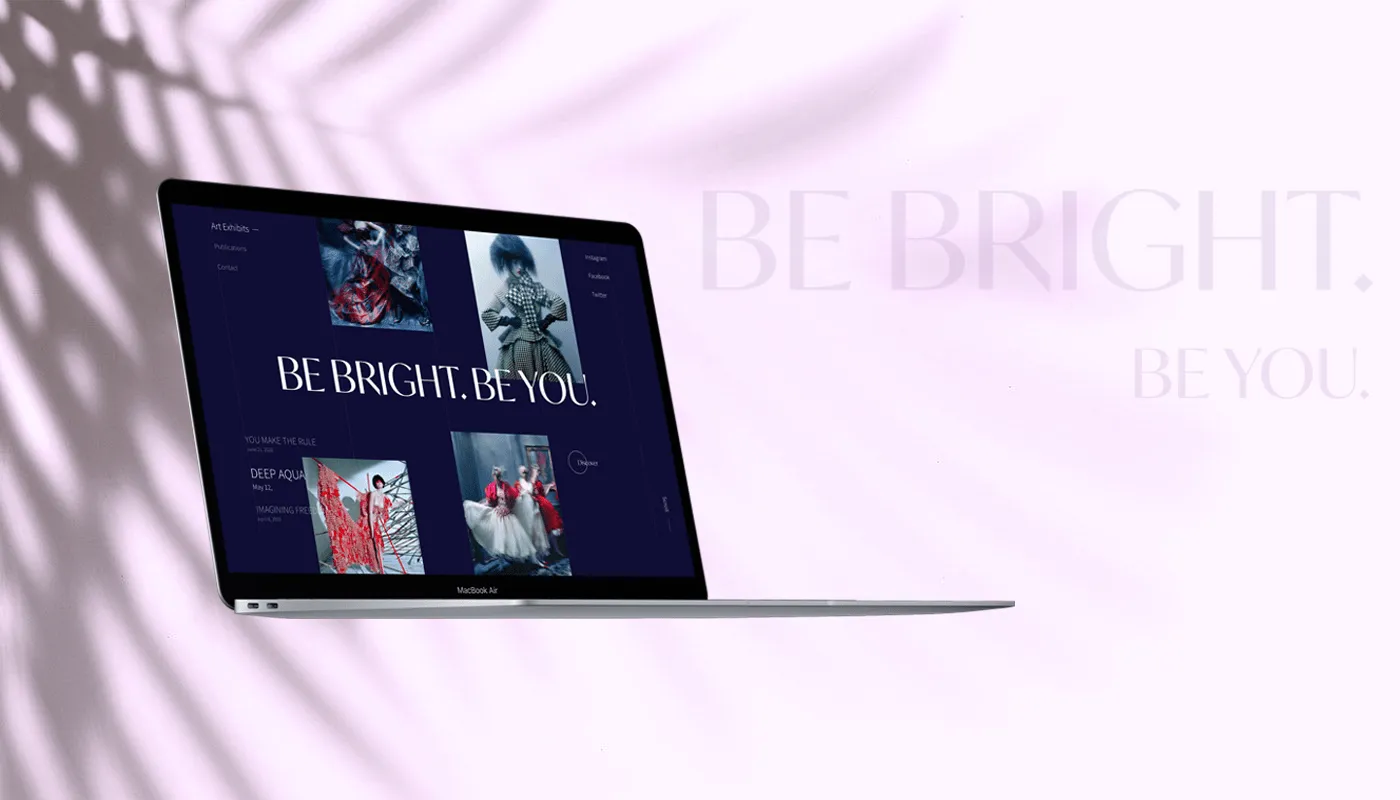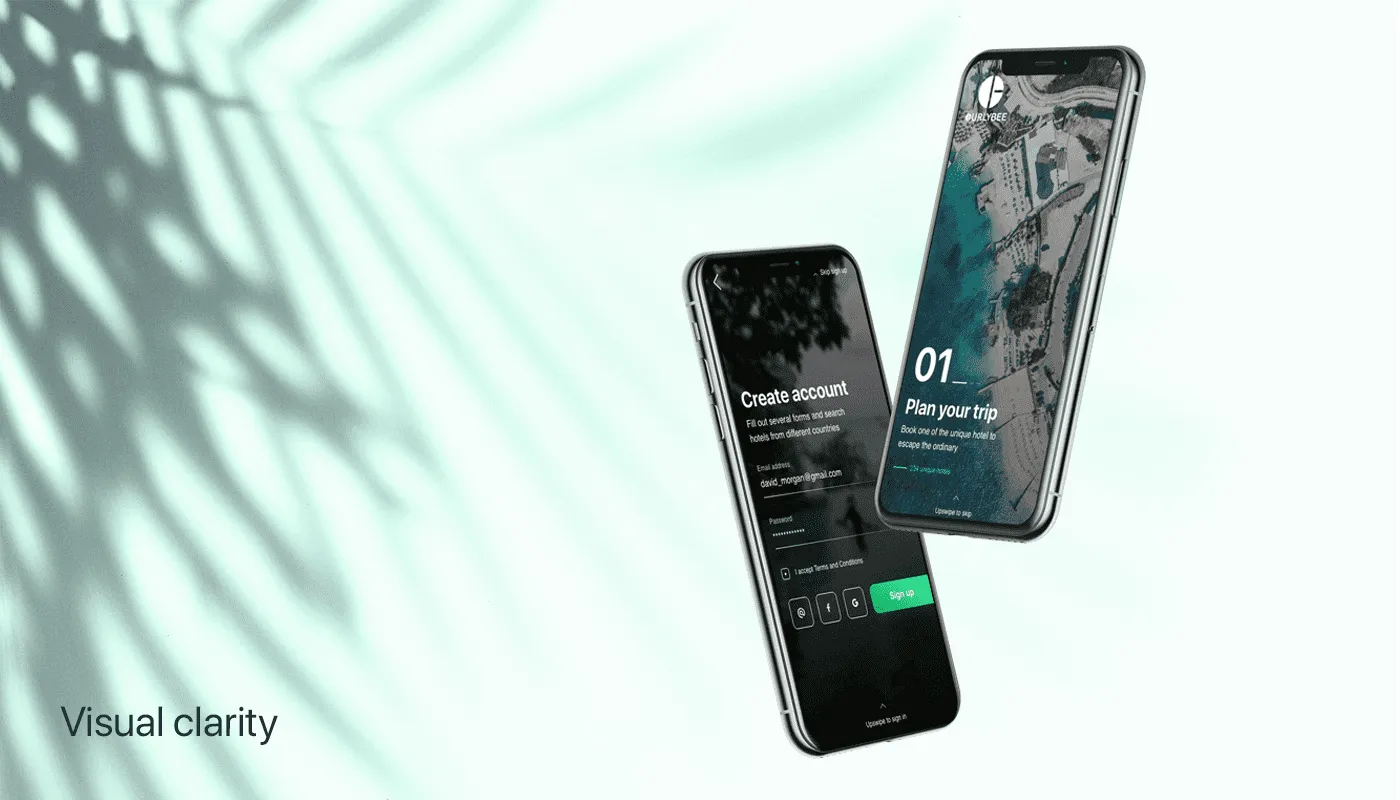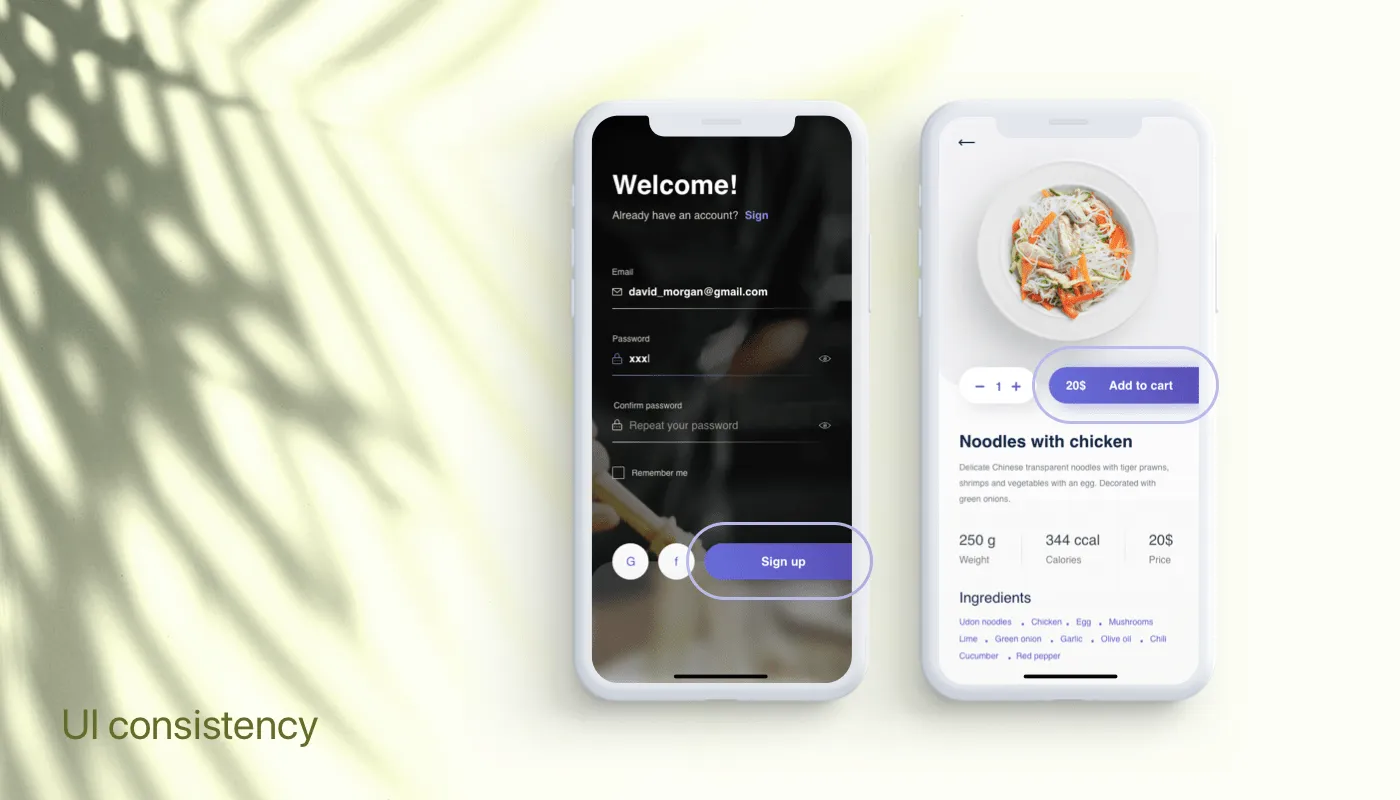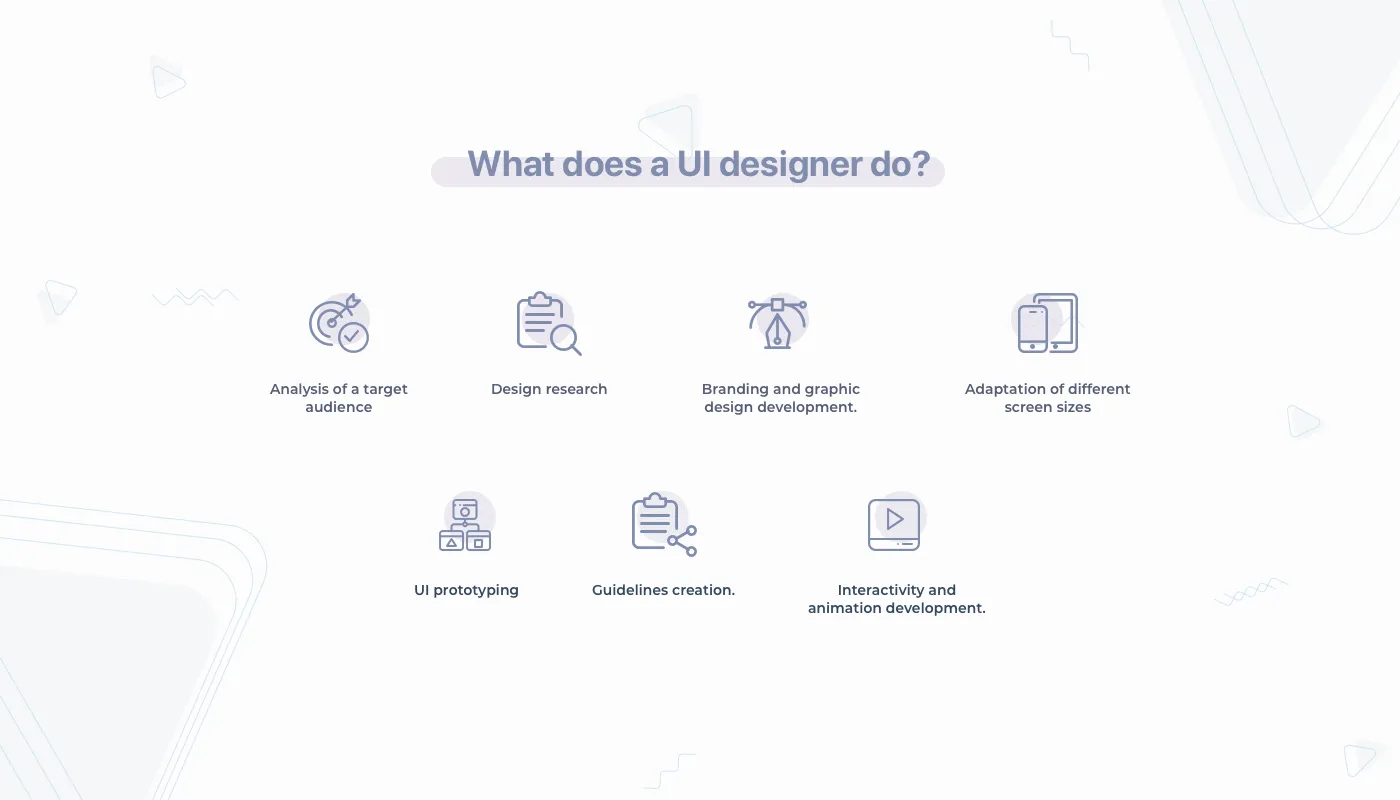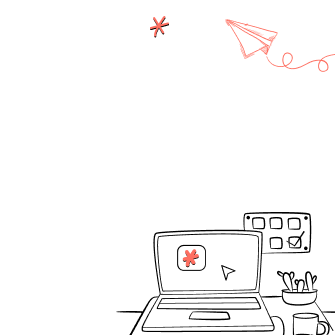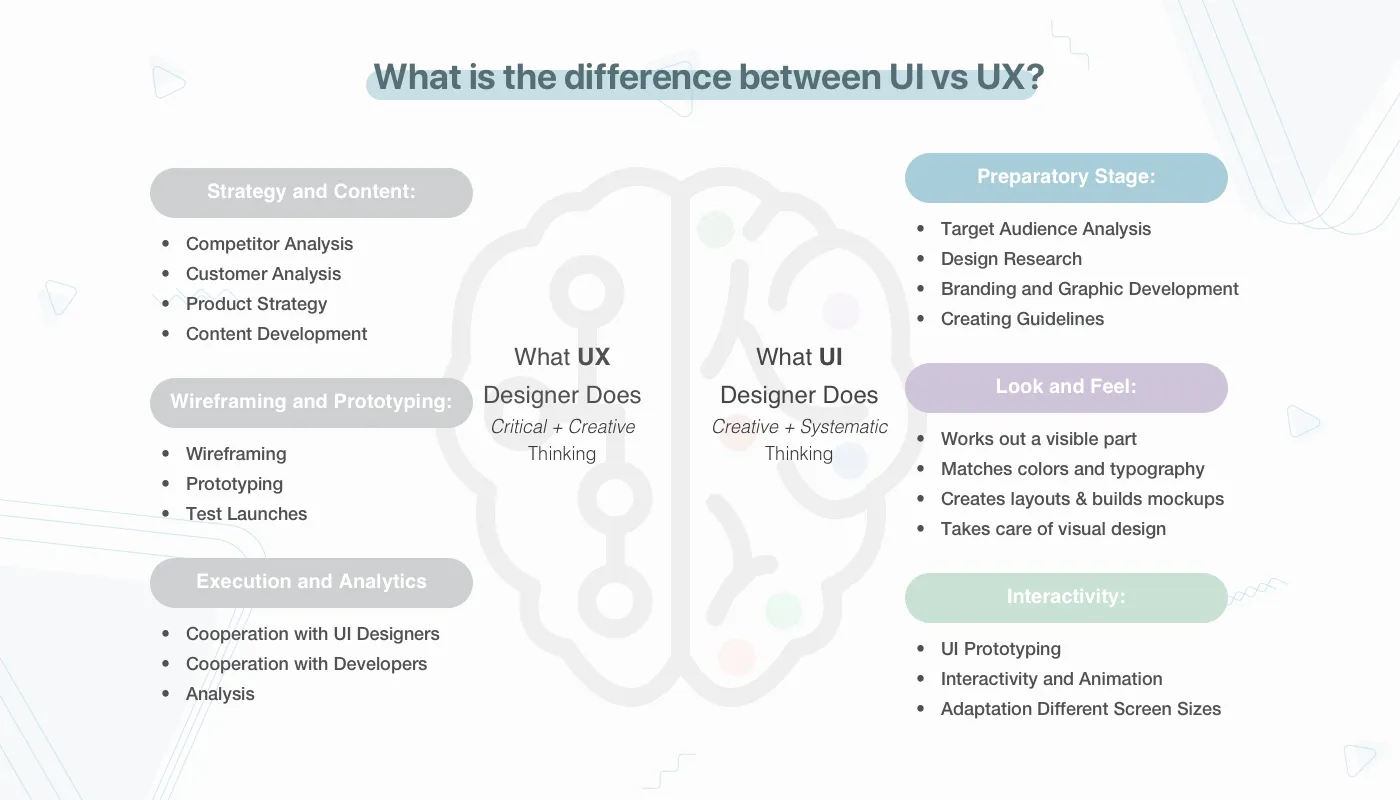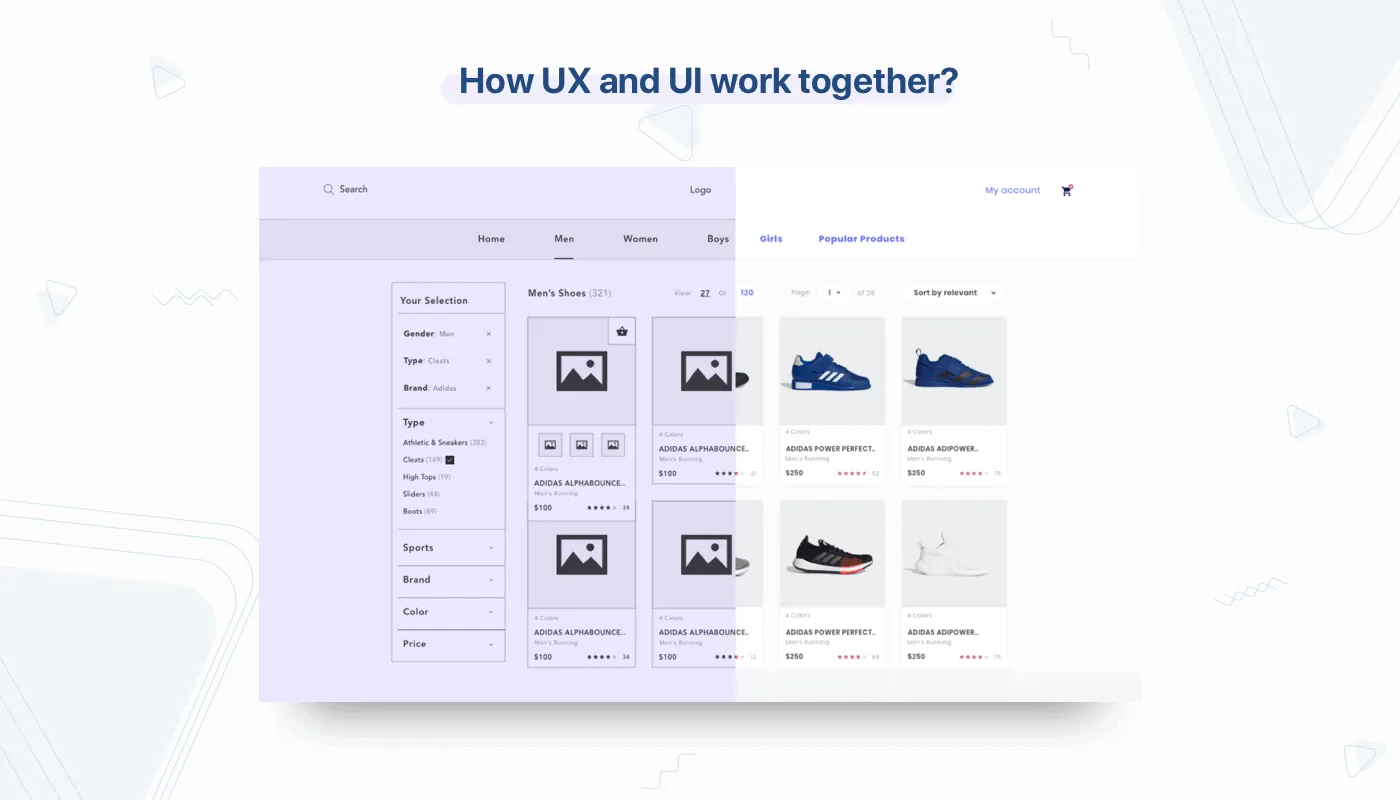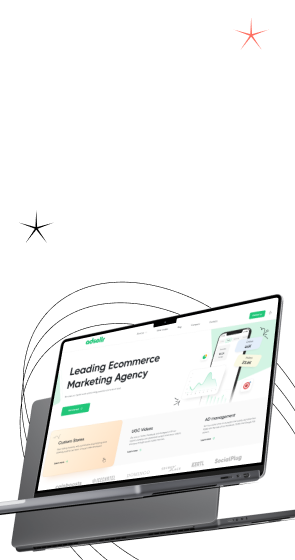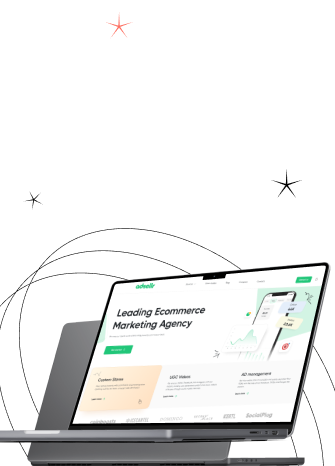Your website or app users never think about the database of your product or its technical components. They always deal with the user experience and user interface design of your product. Whether users will like your product depends on the UI and UX design. That is why UI and UX design is what worth investing money and time in. In this article, we want to shed light on such aspects as what UI and UX designs are, what is the difference between them, and how they influence your product.
